BBOT Issue Alert: BC’s Electoral Reform Referendum
Between October 22 and November 30, BC will be holding a mail-in referendum to decide what voting system we should use for provincial elections.
The Burnaby Board of Trade will aim to inform its members on the referendum, the potential voting systems, and the advantages and disadvantages of the possible voting systems, and wants to provide its members with opportunities to get involved in that process:
- Join the BBOT’s Electoral Reform Task Force
This small group of members will meet in-person, learn about the referendum, and help develop the BBOT’s pro and con referendum statements to the membership. This will be an interesting opportunity to help shape policy and decisions on this issue. Click here to apply to join this group!
Voters will be asked two questions on the referendum ballot:
1) Whether we should keep the current First-Past-the-Post voting system that we have now, or move to a system of proportional representation
2) Rank three proportional systems: Dual Member Proportional (DMP), Mixed Member Proportional (MMP), and Rural-Urban Proportional (RUP). (see examples below)
This referendum has the potential to fundamentally change how we elect Members of the Provincial Legislature (MLAs) and how provincial governments are formed and govern. See below for more information and resources on the referendum:
More Referendum Resources:
Elections BC – Referendum Website
Elections BC – Referendum Voters Guide
Voting System Examples:
First Past the Post (FPTP) is British Columbia’s current voting system. In FPTP the province is divided into electoral districts and each district is represented by one Member of the Legislative Assembly (MLA). Voters mark their ballot for one candidate. The candidate with the most votes in the district wins and represents the district in the legislature.
In Dual Member Proportional (DMP), most electoral districts are combined with a neighbouring district and represented by two Members of the Legislative Assembly (MLAs). The largest rural districts continue to have one MLA elected by getting the most votes.
In Mixed Member Proportional (MMP) there are two types of MLAs. District MLAs represent electoral districts and are elected using First Past the Post. Regional MLAs represent groups of electoral districts called regions. They are elected from a party list so that each party’s share of seats in the legislature roughly matches its share of the province-wide popular vote.
Rural-Urban Proportional (RUP) combines two different proportional voting systems: Single Transferable Vote (STV) and Mixed Member Proportional (MMP). Voters in urban and semi-urban districts use STV to elect multiple MLAs for their larger electoral district.




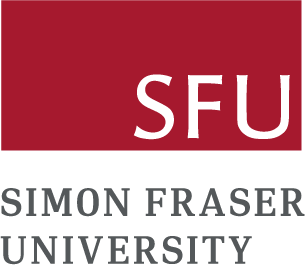
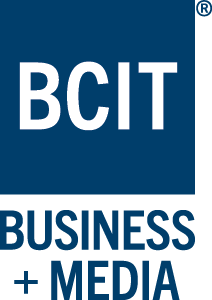









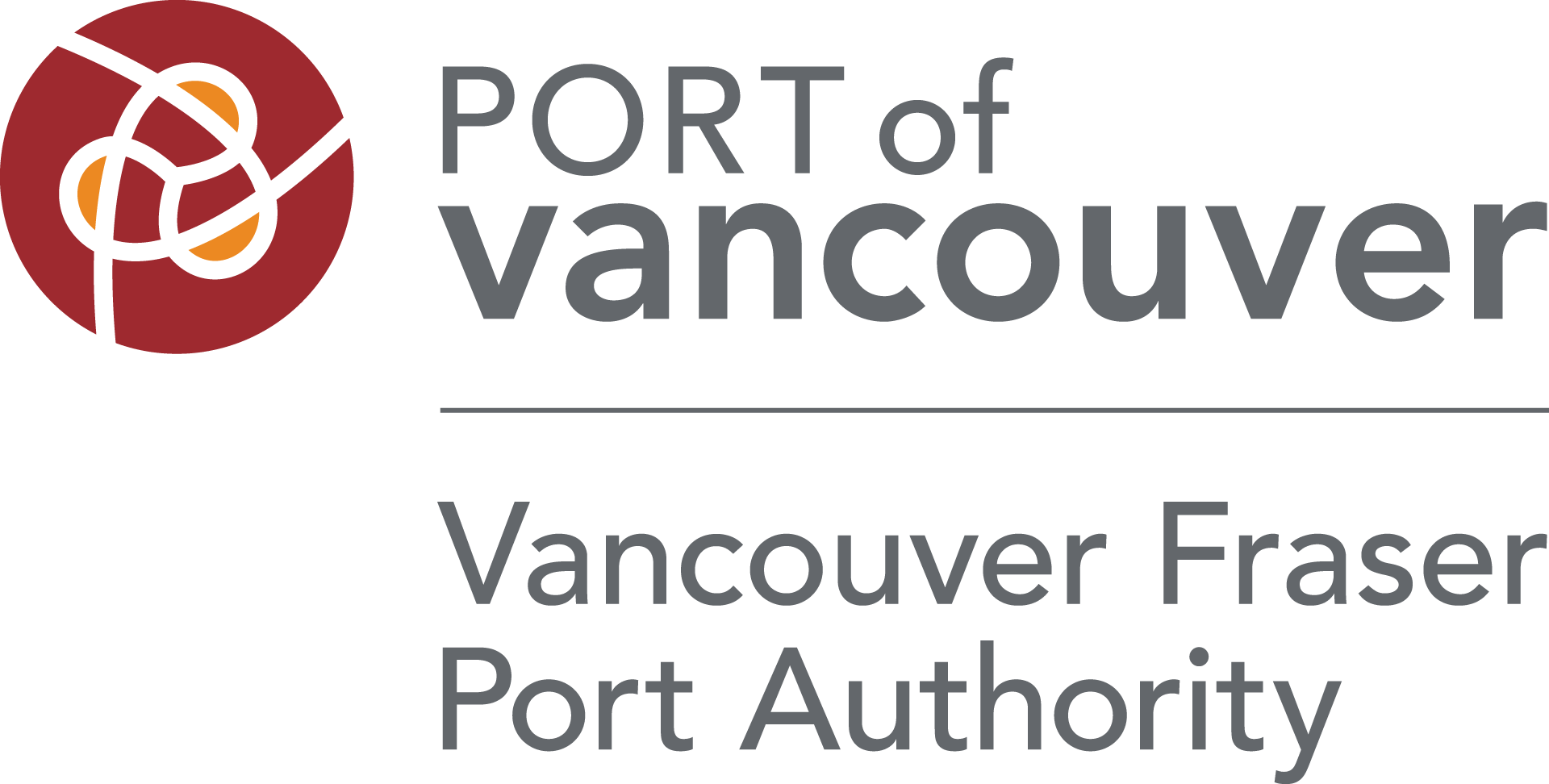

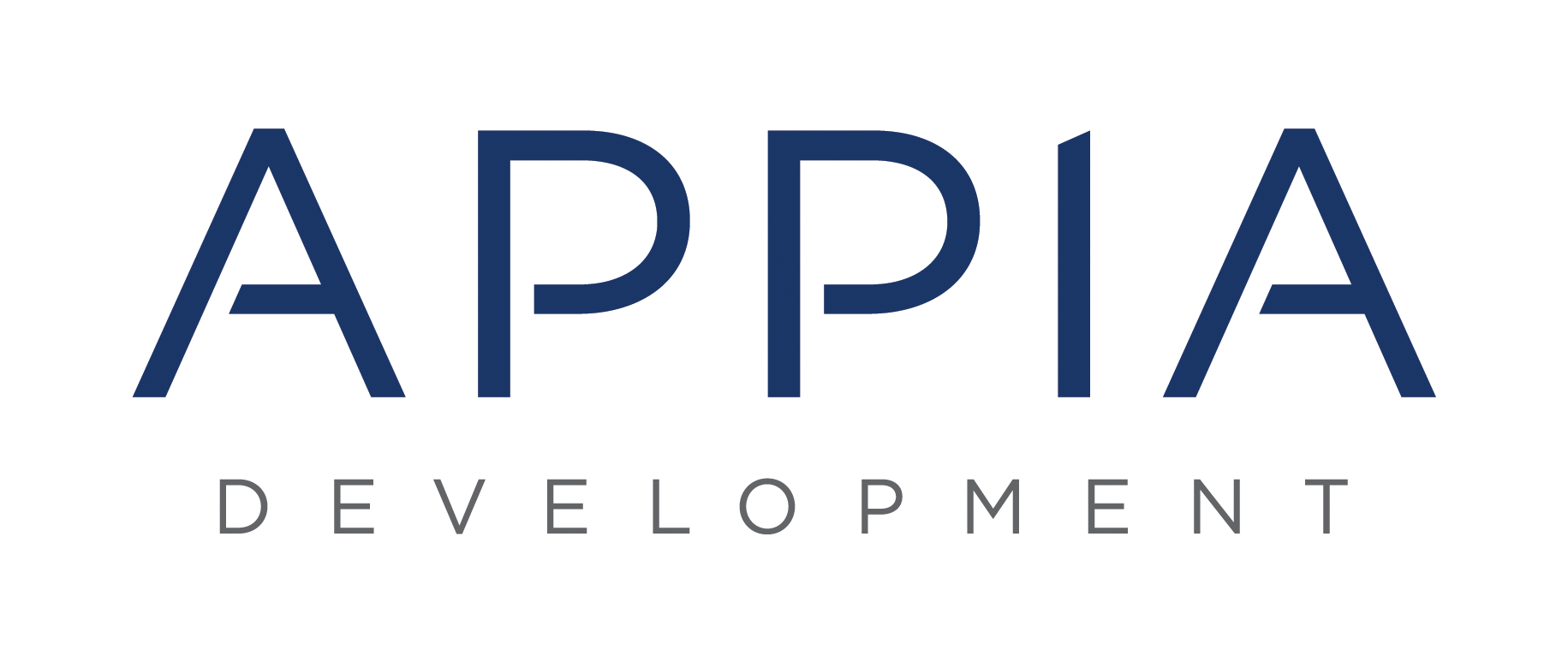
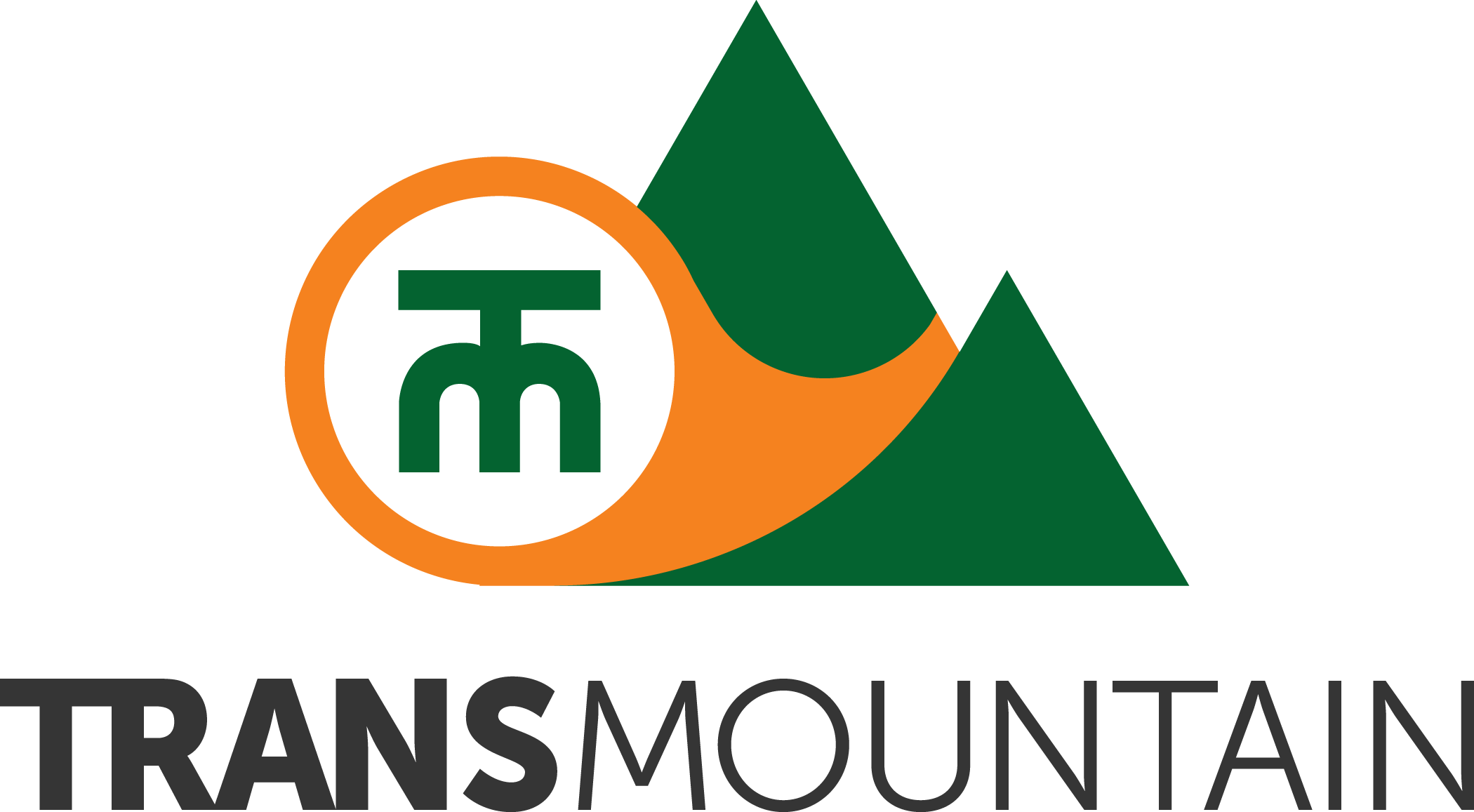

connect with us